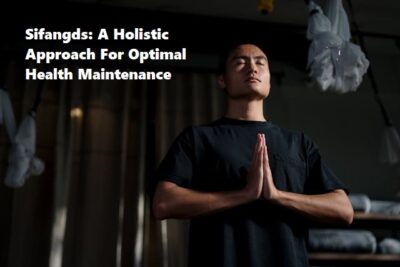Medial tibial stress syndrome, or shin splints, as it is more commonly known, result from inflammation of bone tissue, muscles, and tendons around the tibia. The condition typically develops after physical activity. For soccer players, shin splints are common, especially for players just starting out. To limit the severity of shin splints or prevent the condition altogether, players should ease into the new fitness regime. Consult a therapist with physical therapy Bellevue, WA to learn more about the stress syndrome. Also, focus on common PT exercises that can help ease painful symptoms.
PT Exercises To Help Shin Splints
The routine treatment for shin splints in athletes is the RICE method: rest, ice, compression, and elevation. Rest is especially important for athletes who tend to overdo physical activity on the field. Many young athletes want to experience rapid progress, including skill and muscle development. The desire can result in them pushing their bodies too hard, too fast.
While athletes should rest and allow the body to heal, they do not want to become sedentary. Physical therapists recommend a combination of stretches and gentle exercises to help with shin splints. The primary routine includes eight exercises and stretches include:
- Bent knee calf raises
- Calf raises
- Hip hikes
- Side lying abduction
- Single-leg soleus bridge
- Soleus squats
- Step-ups
- 4-way ankle
The actual routine will depend on the individual. Work with a physical therapist Seattle to ensure your soccer athlete is focusing on the correct exercises and stretches to improve their symptoms and heal. PT professionals likely have various recommendations based on the specific build and health of the individual athlete.
How To Prevent Shin Splints
Shin splints are not an inevitable symptom of soccer or athletics. The condition usually occurs when student-athletes overwork their muscles and body. Because the issue is not a definitive side effect, there are things athletes can do to prevent it from occurring.
The best way to avoid shin splints is to build to a fitness level. Slowly build the duration, frequency, and intensity of a fitness regimen, allowing the body to develop gradually.
Also, wear the appropriate footwear for the sport, and ensure the correct fit. Some people have flat feet, while others have high arches. Having the correct shoe and corresponding arch support can go a long way in preventing common sports injuries.
Finally, avoid fad exercises. Barefoot running is gaining popularity with claims it is easier on the lower extremities because it spreads out the impact across the entire foot. While some research indicates that exercise can reduce impact stress, it is not yet conclusive.
Physical therapy near me can help reduce the symptoms of shin splints. It can also reduce the likelihood of the condition occurring when incorporated with a healthy exercise regimen. Shin splints are uncomfortable but common athletic injuries. If your athlete is experiencing the condition, consult a local physical therapist to learn how to best treat the issue. You may want to schedule an appointment with a PT facility in the area to discuss treatment and therapy options.
Related Post:
How does Mobile Physiotherapy Improve the Quality of Life of the Elderly







